EDITING
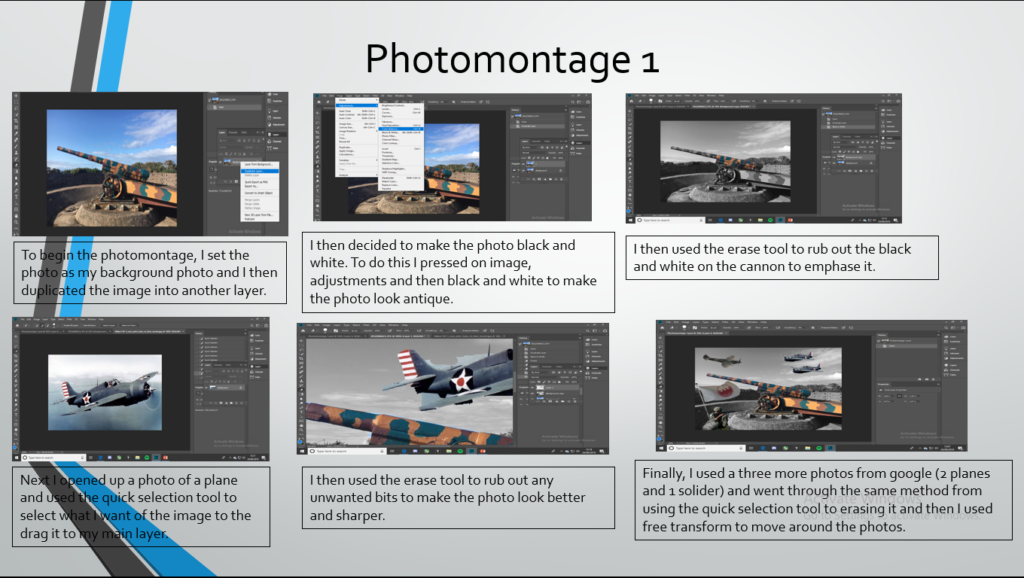
FINAL PHOTOMONTAGE 1
EDITING
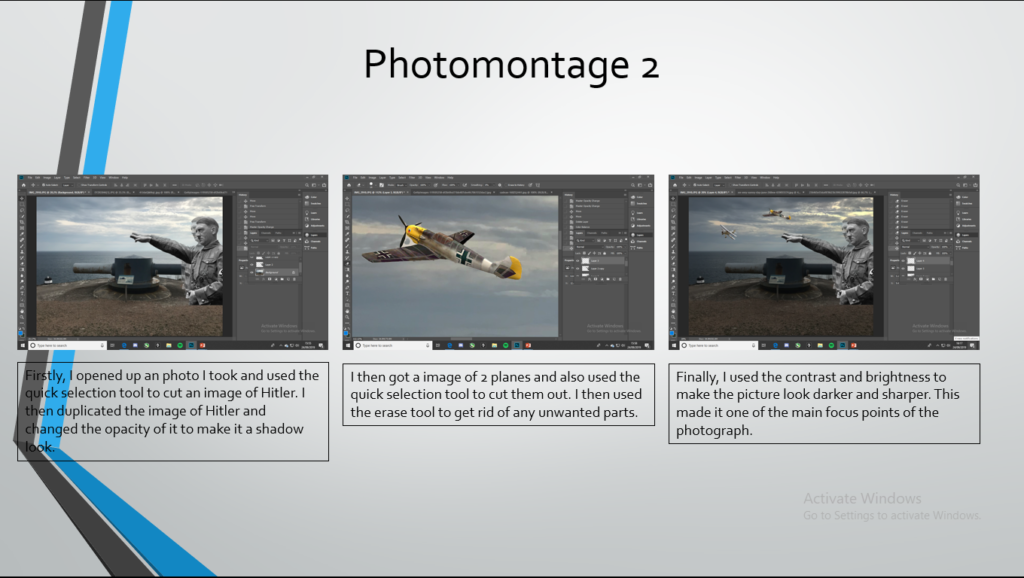
FINAL PHOTOMONTAGE 2
EDITING
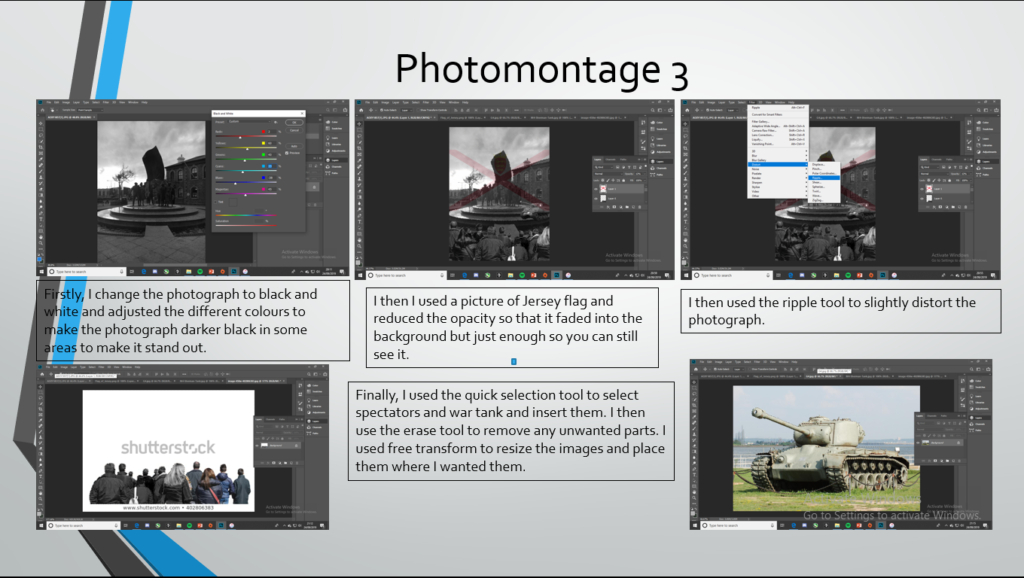
FINAL PHOTOMONTAGE 3
EDITING

FINAL PHOTOMONTAGE 1

EDITING

FINAL PHOTOMONTAGE 2

EDITING

FINAL PHOTOMONTAGE 3

Background
Paul Virilio was born on the 4 January 1932 and he died on the 10 of September 2018. He was born in Paris in 1932 to an Italian communist father and a Catholic mother. The second world war made a big impression on Paul as the city of Nates became a port for the German Army and was invaded by British and American planes. He was a French cultural theorist, urbanest, and aesthetic philosopher. He is best known for his writings about technology as it has developed in relation to speed and power, with diverse references to architecture, the arts, the city and the military.
Bunker Archaeology
Paul published a book where he photographs German bunkers from world war 2 on the coast of France. He started an investigation into the Atlantic Wall which is a collection of bunkers and gun placements. The investigation lasted 20 years and the result was his book Bunker Archaeology which includes photographs, architectural plans, coastal maps and essays where he analyses and discusses the relationship between space, memory and experience.
Bunker Archaeology Photographs
Most of Pauls photographs are black and white landscape shots of the German bunkers. The photographs are mainly of the outside of the bunkers and show us the structure of the building. His photographs are taken from midground at a distance so that he can capture the whole building and some if its surroundings which gives his photographs more context. The photographs look harsh as there a both naturally lit areas and shadows. I think this helps the photographs give an accurate portrayal of what the bunkers look like.
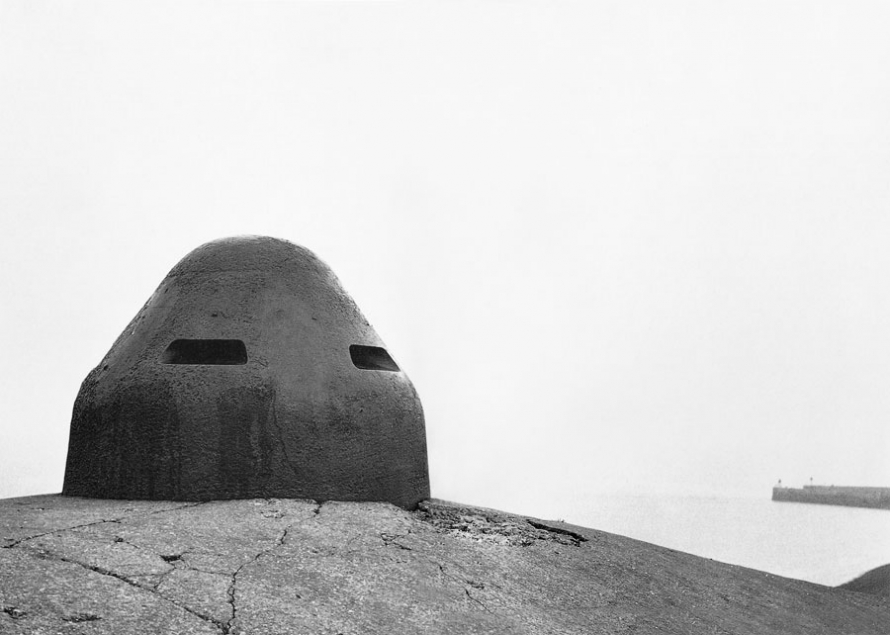
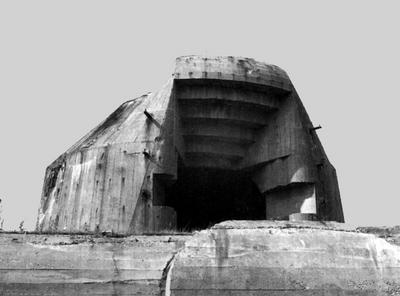
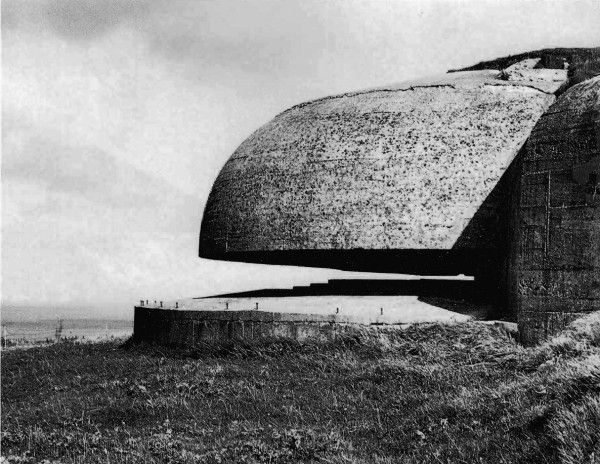
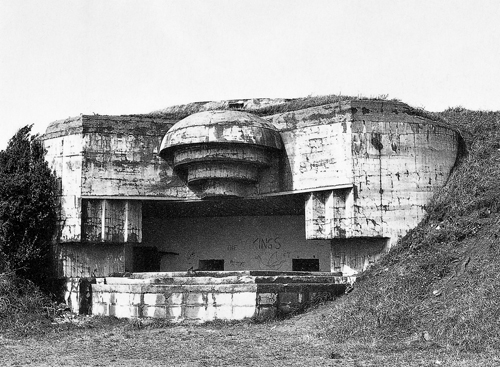
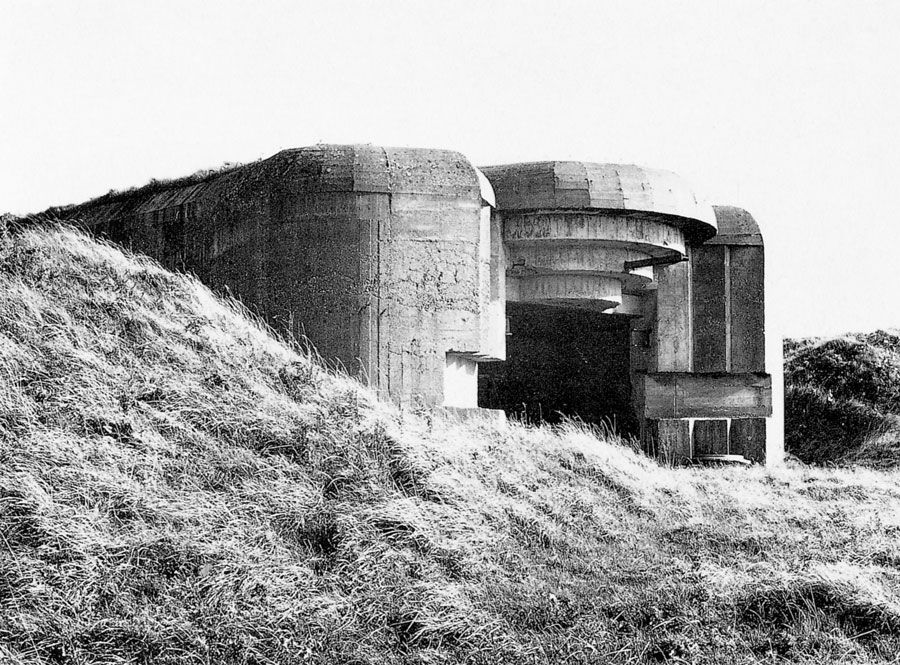
After looking at Paul’s photographs I tried to create similar ones by photographing some bunkers we have in Jersey. I choose to keep my photographs in colour because I think it draws the attention of the viewer and helps them to better connect with the photograph. I think Paul’s photographs are distant and ghastly which is a true representation of what the war was like. Paul focused on the structure of the building, I took photographs of both the inside and outside of the bunkers and also took close ups of areas of the bunkers I found interesting. I think this gives the view a better understanding and allows them picture what it was like as I have taken a wider range of photographs with different points of view.
Batterie Lothringen – Noirmont Point, St Brelade. https://www.cios.org.je/bunkers/batterie-lothringen/
Batterie Lothringen was a World War 2 costal artillery battery in St Brelades. The battery site is located at the end of Noirmont Point, a rock headland which overlooks St Aubin Bay, Elizabeth Castle and the harbour of St Helier. It was part of the Atlantic wall system.
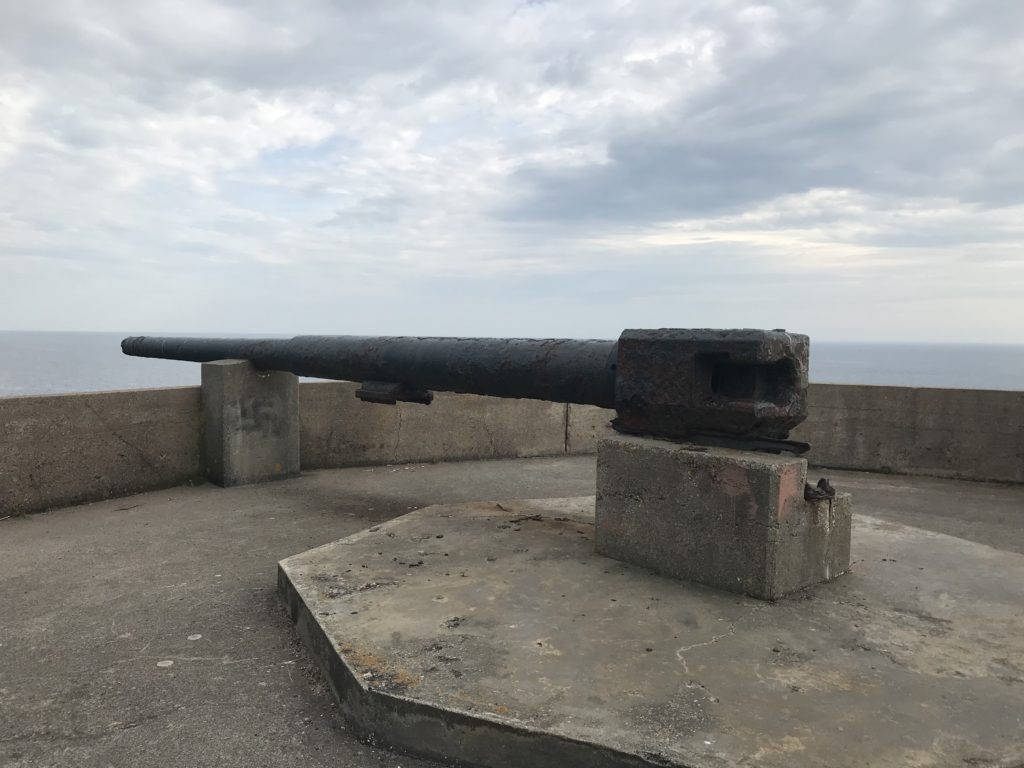
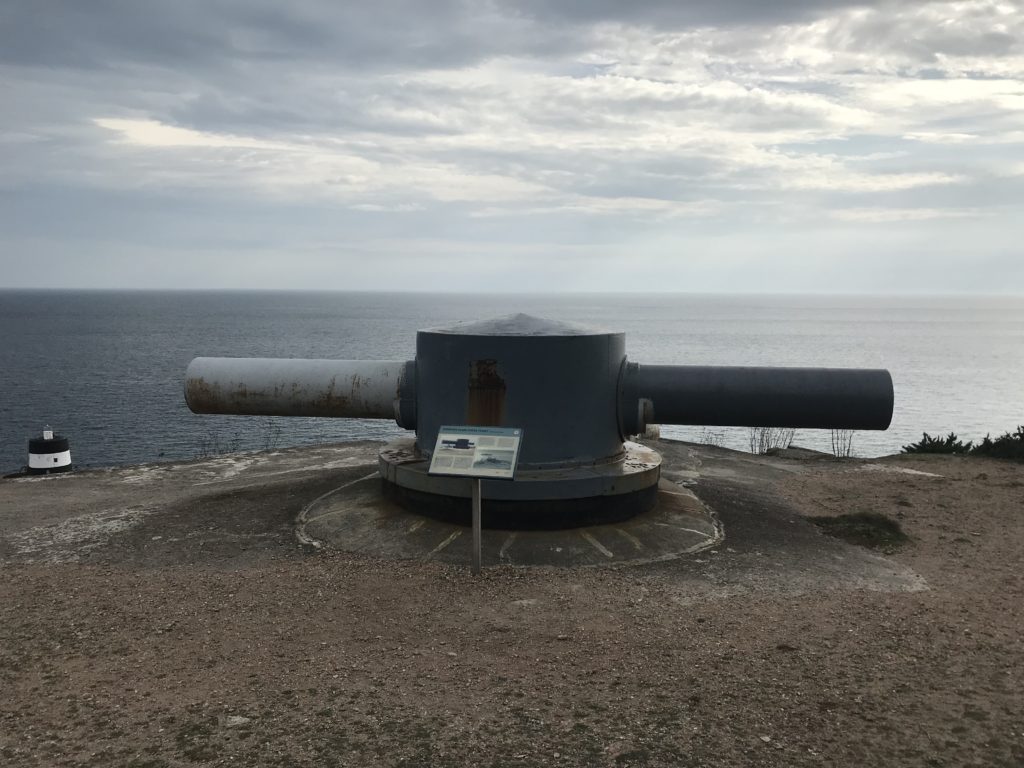
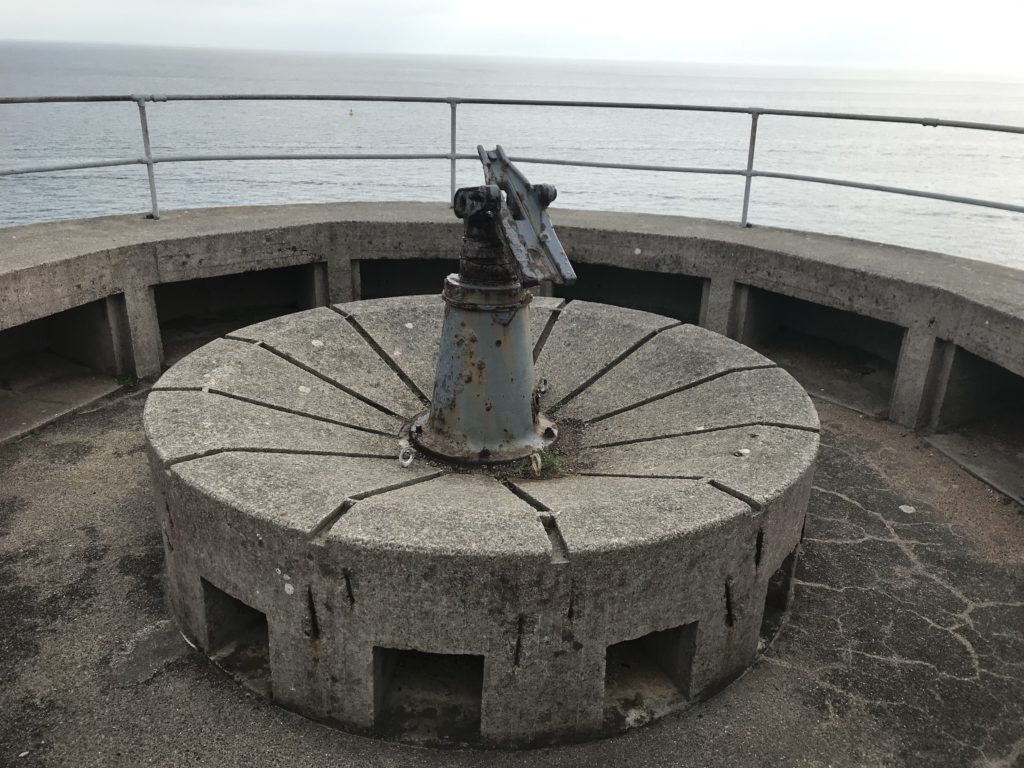
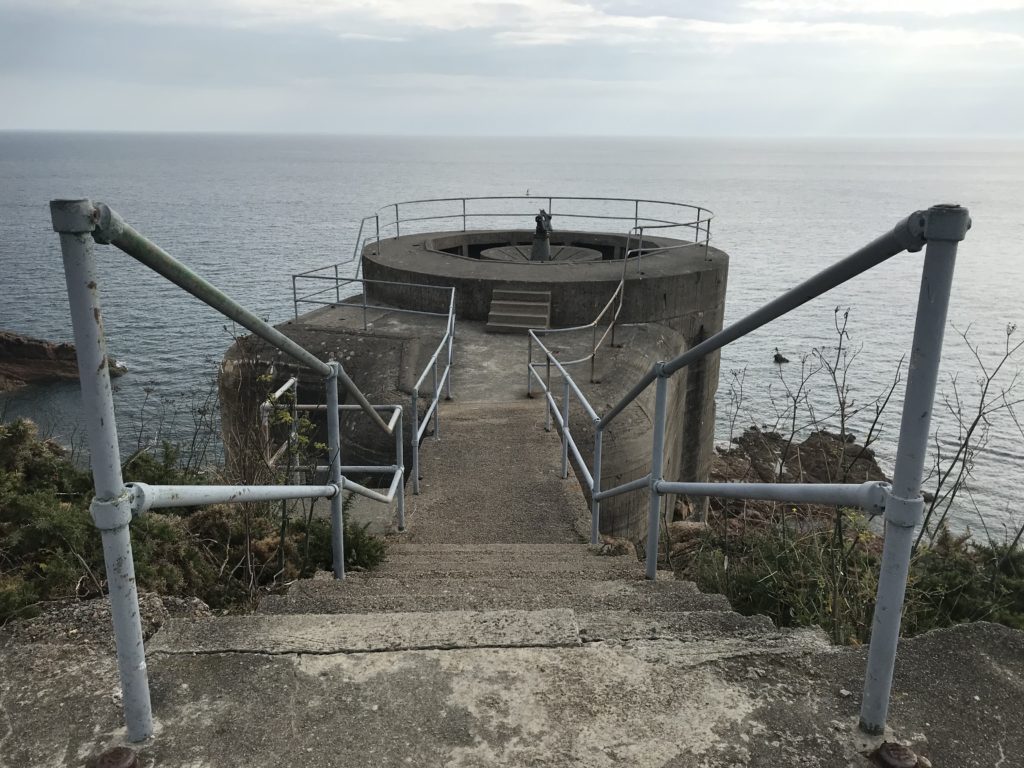
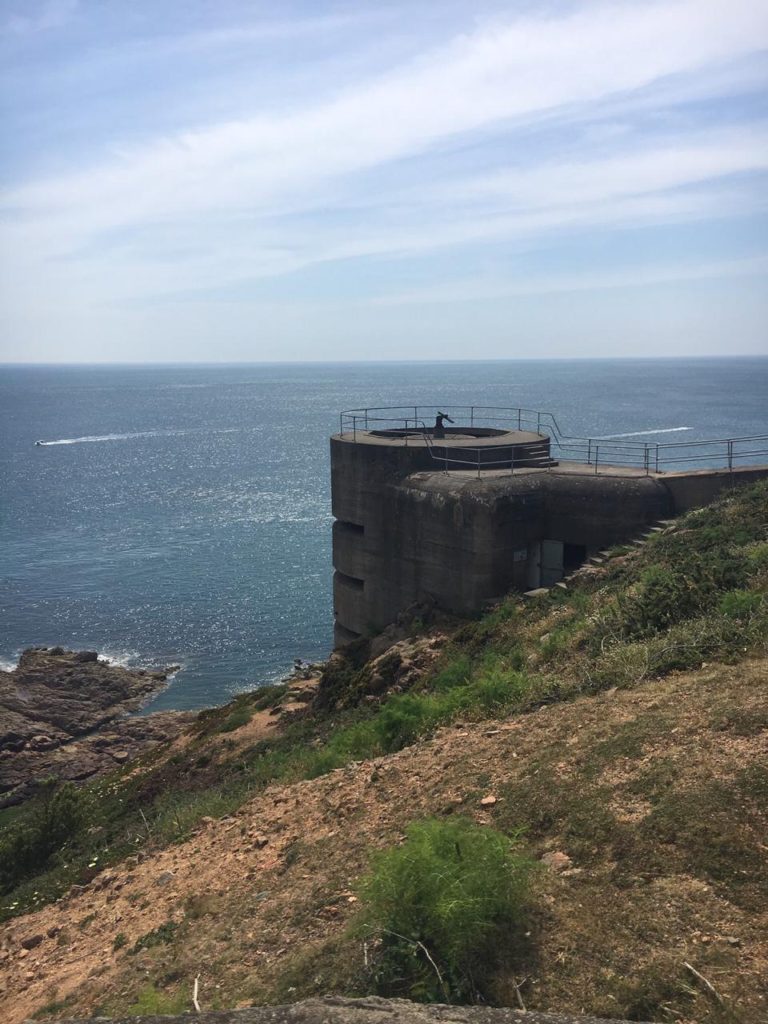
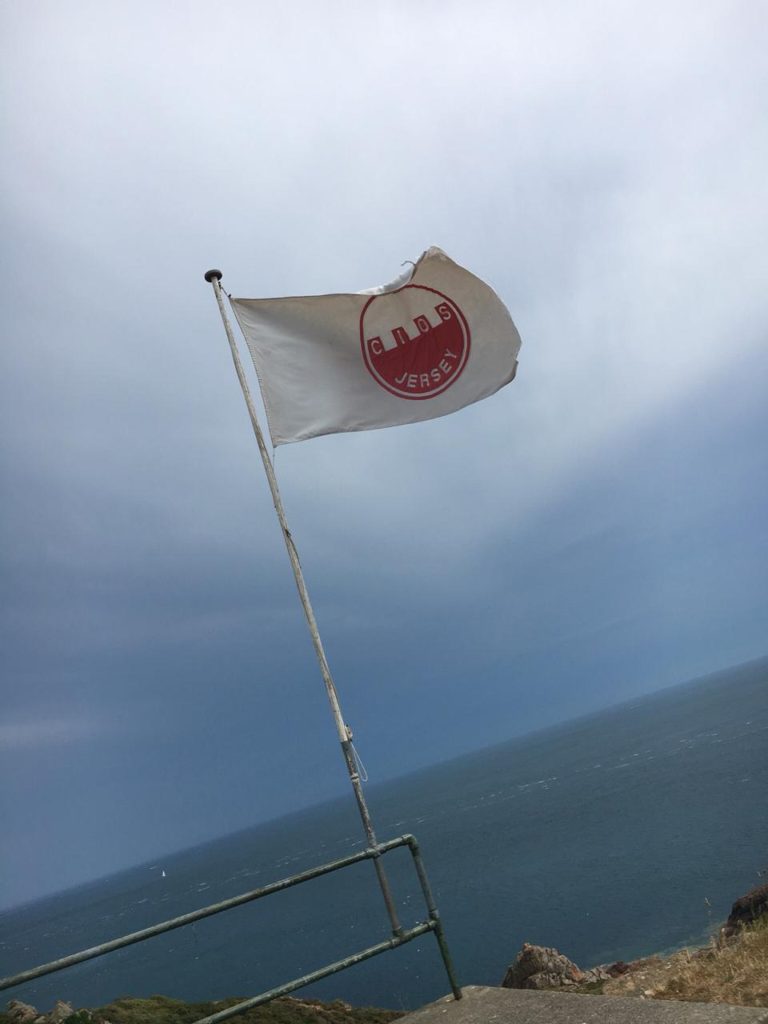
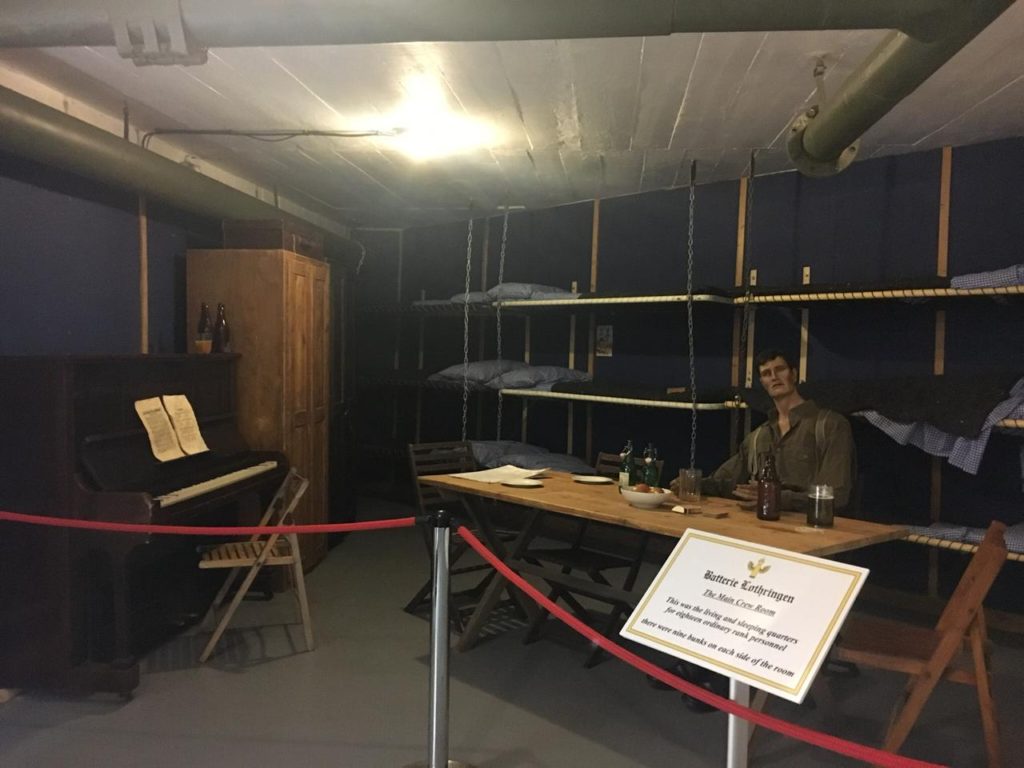
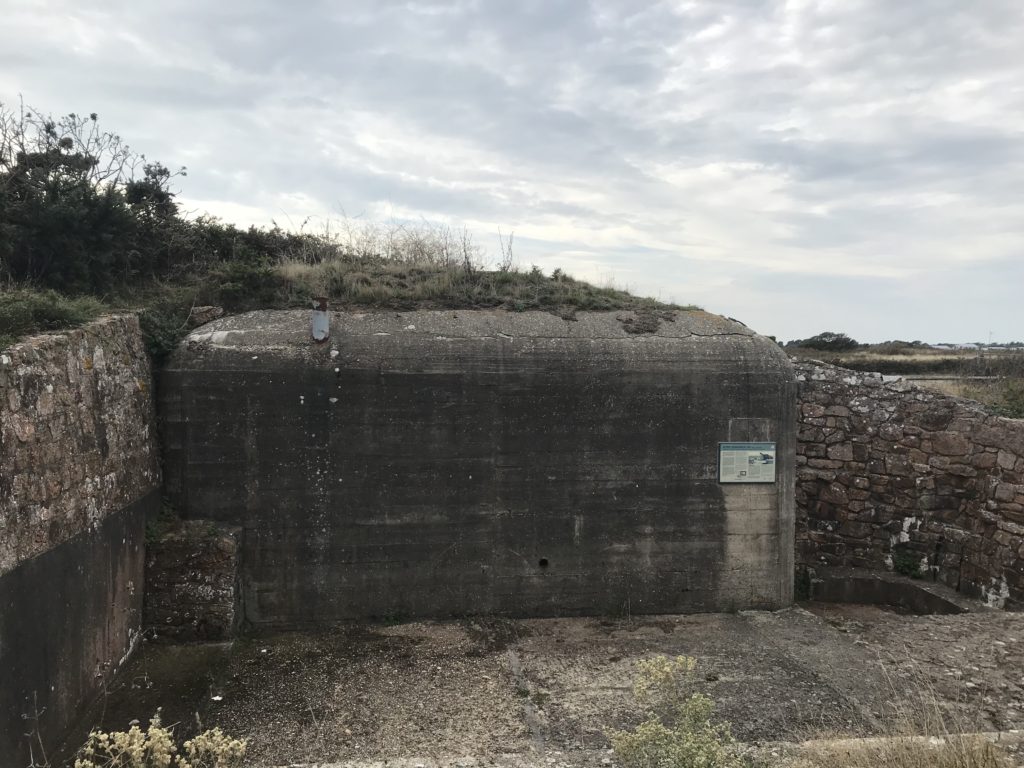

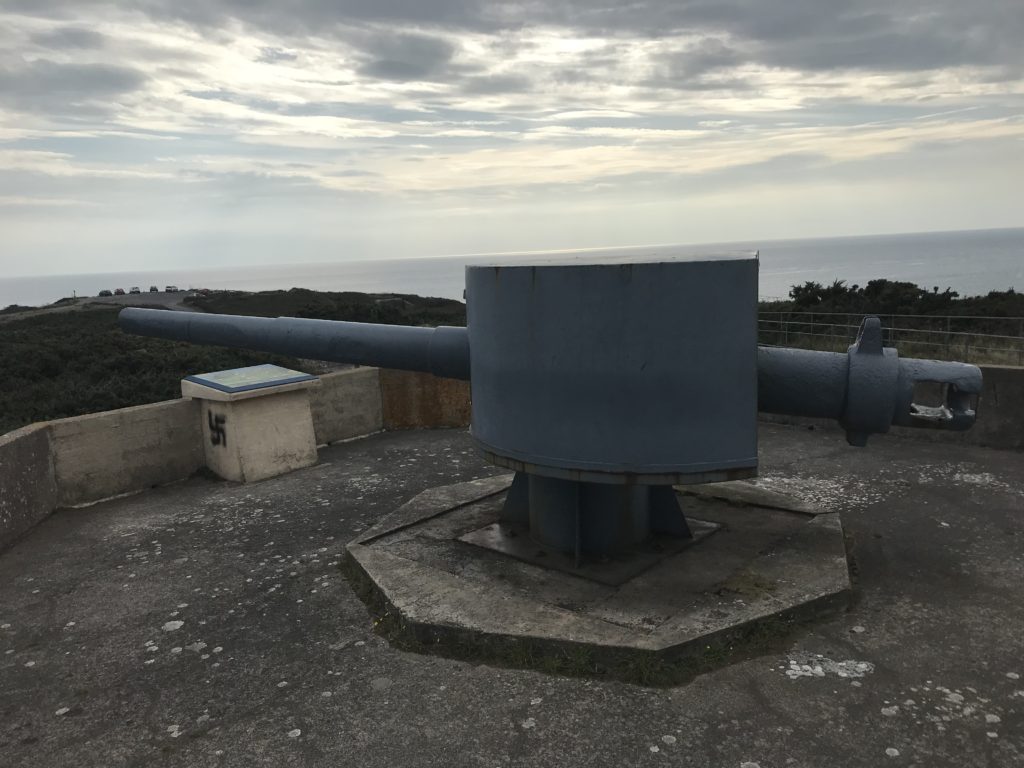

I edited my photographs by turning them monochrome and adjusting the brightness and contrast to get them as close as possible to Paul’s photographs. To do this I used Adobe photoshop. I think this made them look harsh and antique which relates to World War.
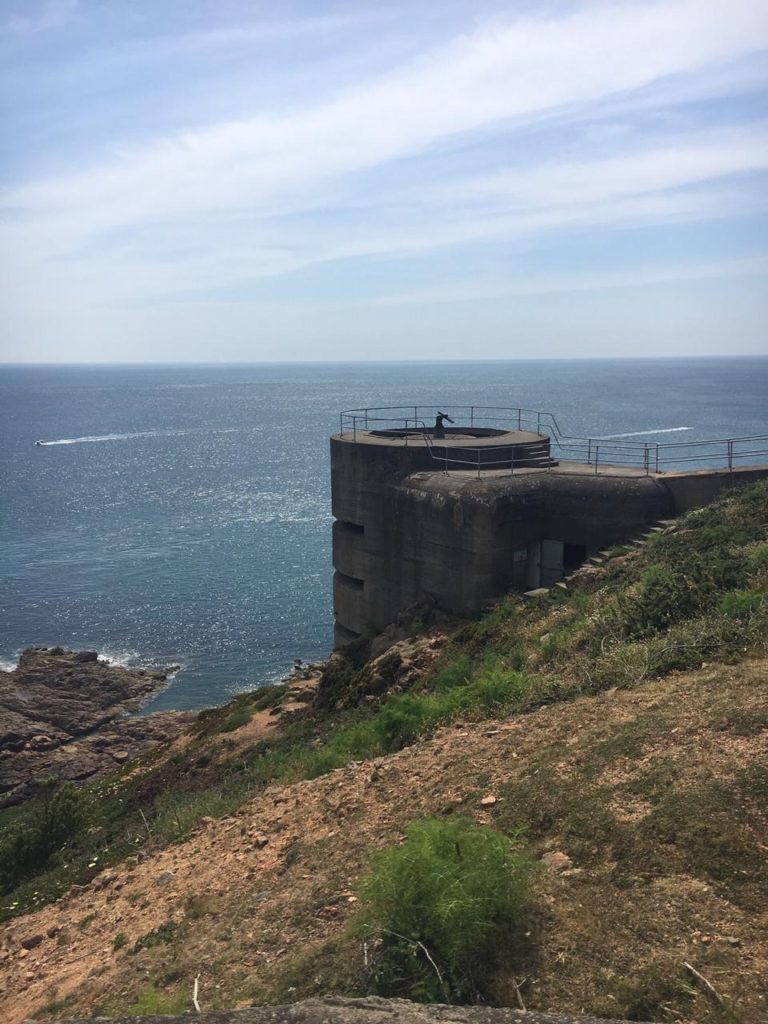
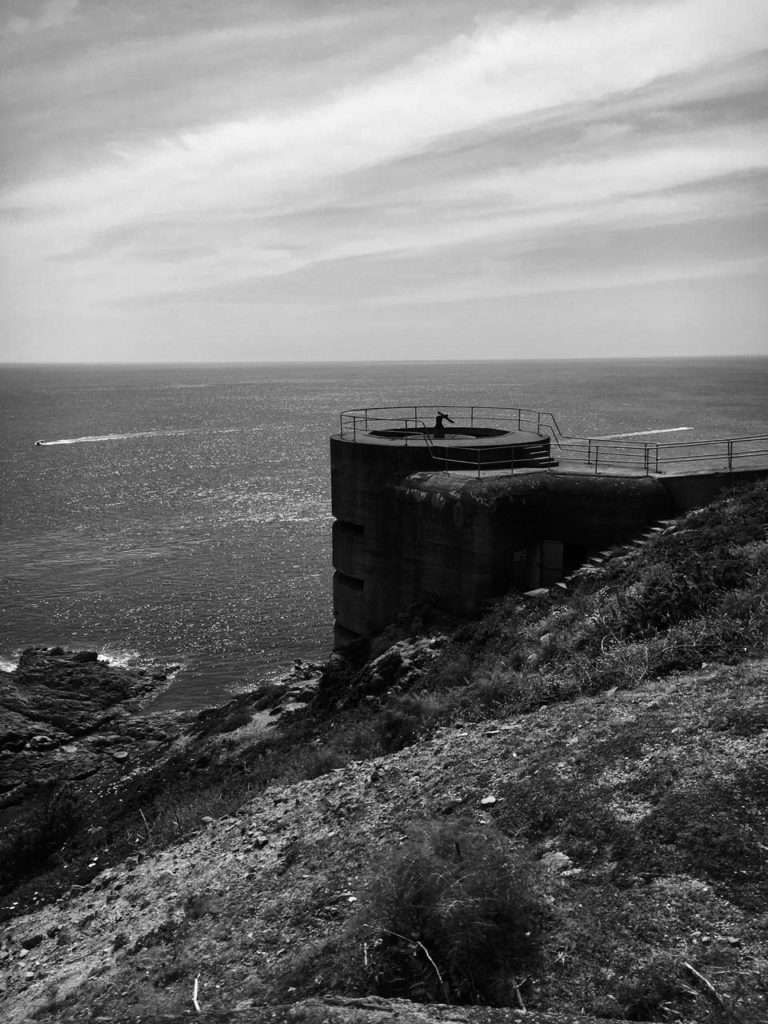

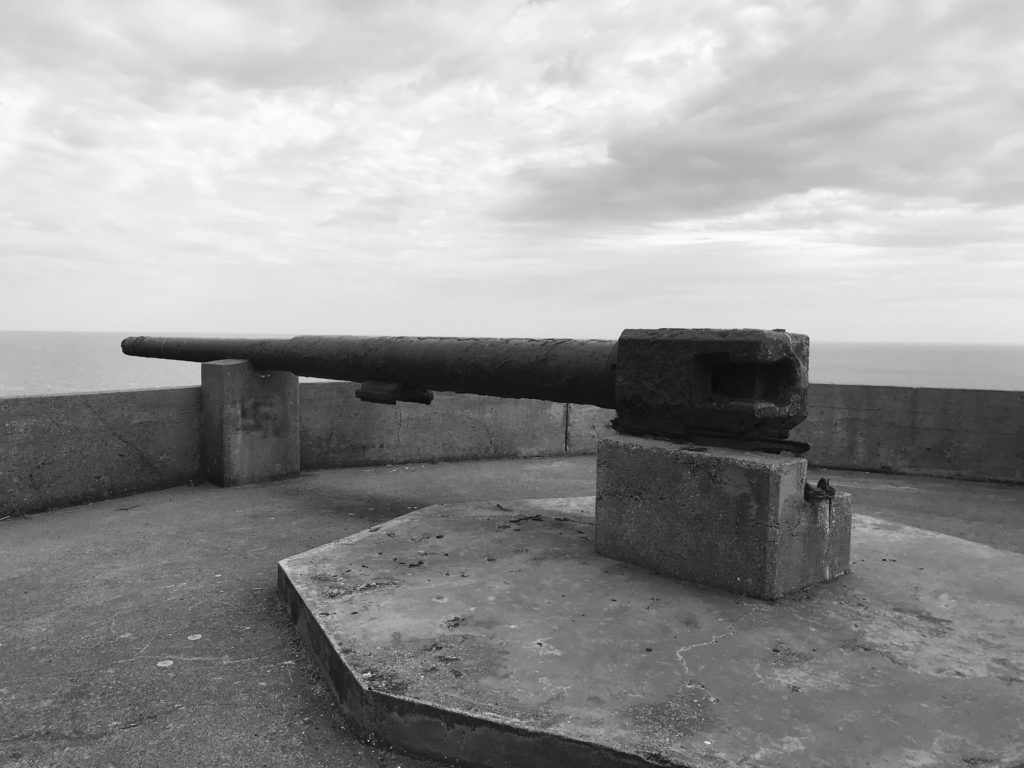
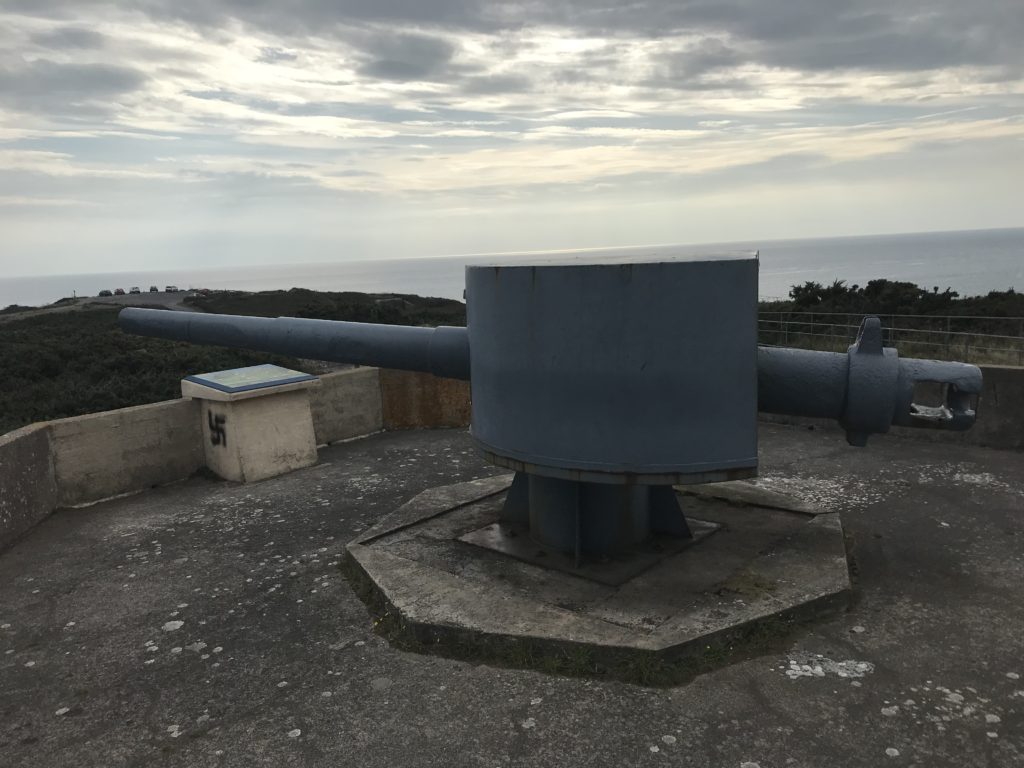
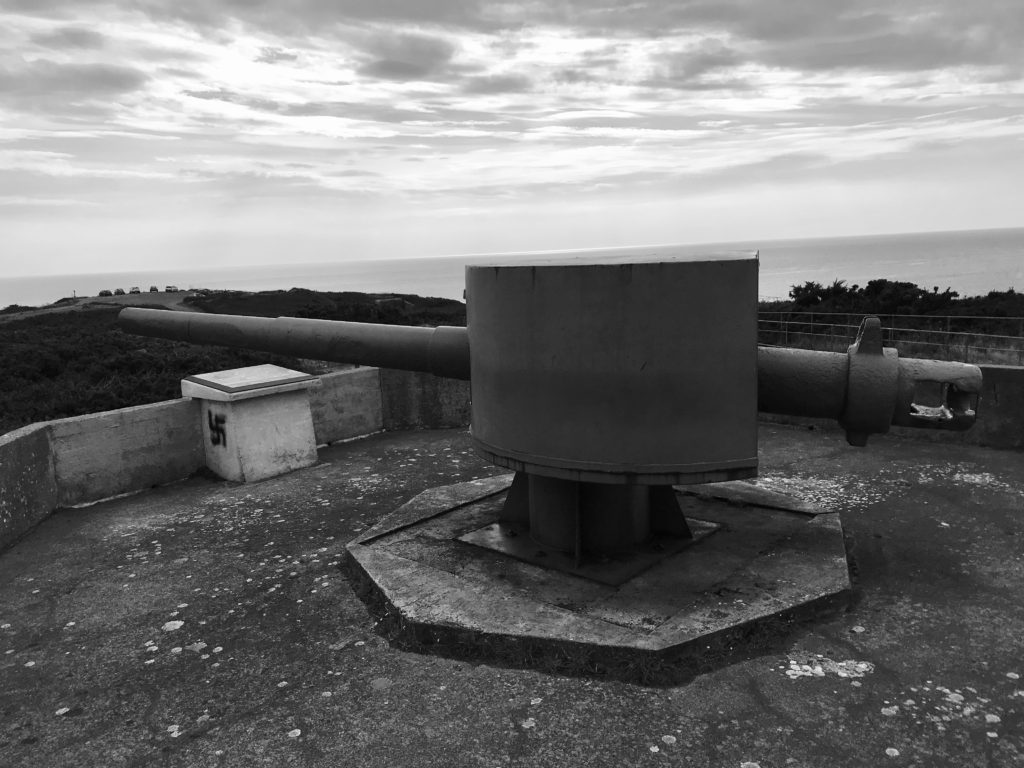
I have picked this photograph because I think it is the best photograph I took of the bunkers. It is very similar to Paul’s photographs as it shows the bunker and it also shows the surroundings. I’ve taken this photo at a distance at a high ground view. The main difference is that you can’t see the whole of the bunker structure in the photograph and you can see more of the surroundings than the bunkers itself. However, I think you can see just enough to recognise what it is and it is still the main view point to the photograph. I have chosen to change the photograph to monochrome because I think it is better suited to what we are trying to represent and Paul’s photographs are also black and white. I decided to take the picture in portrait because the structure of the building is narrow and long.
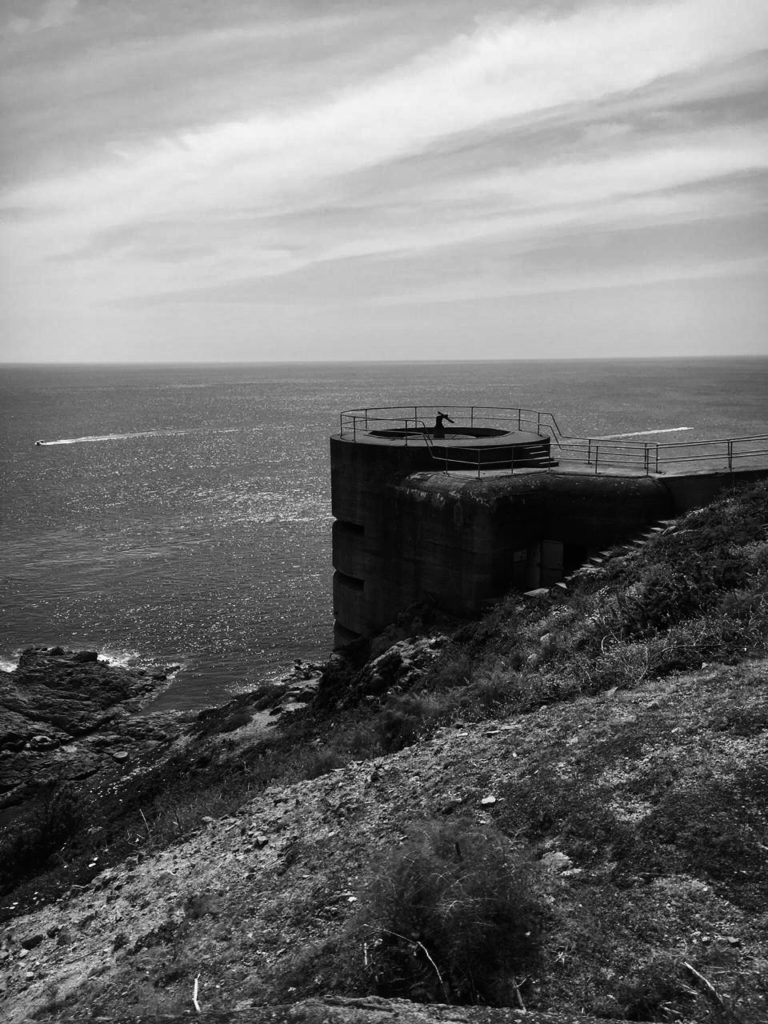
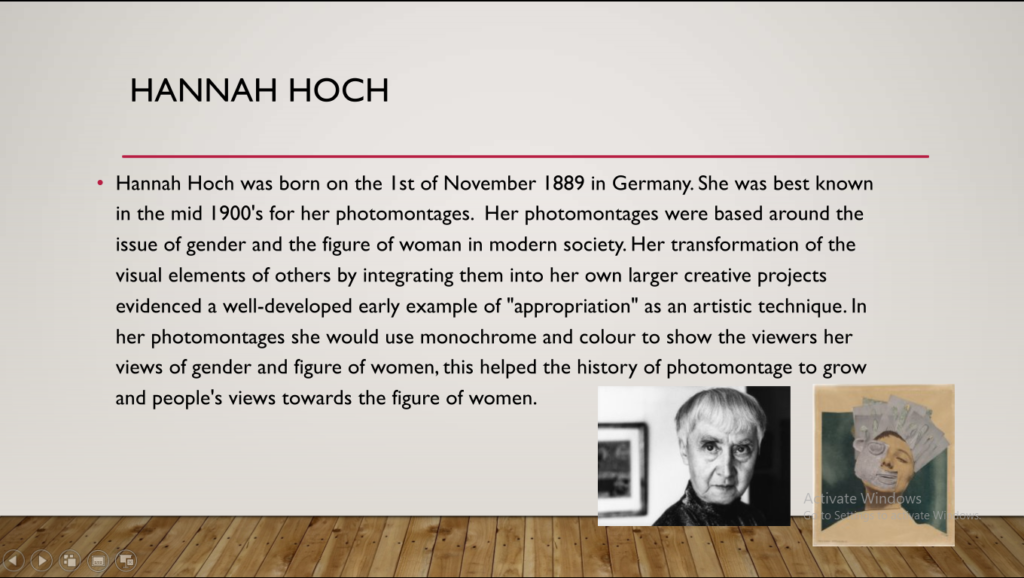
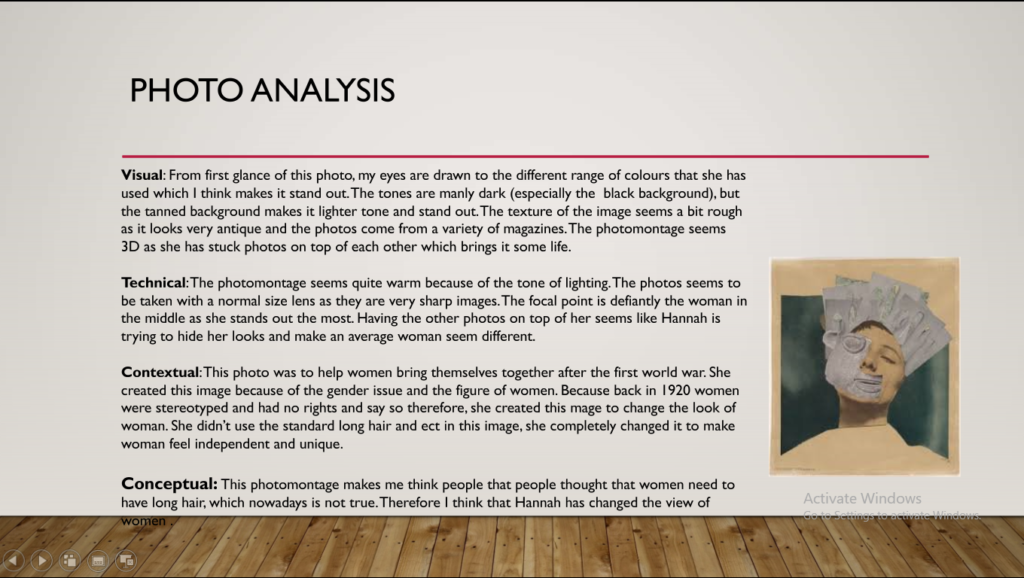

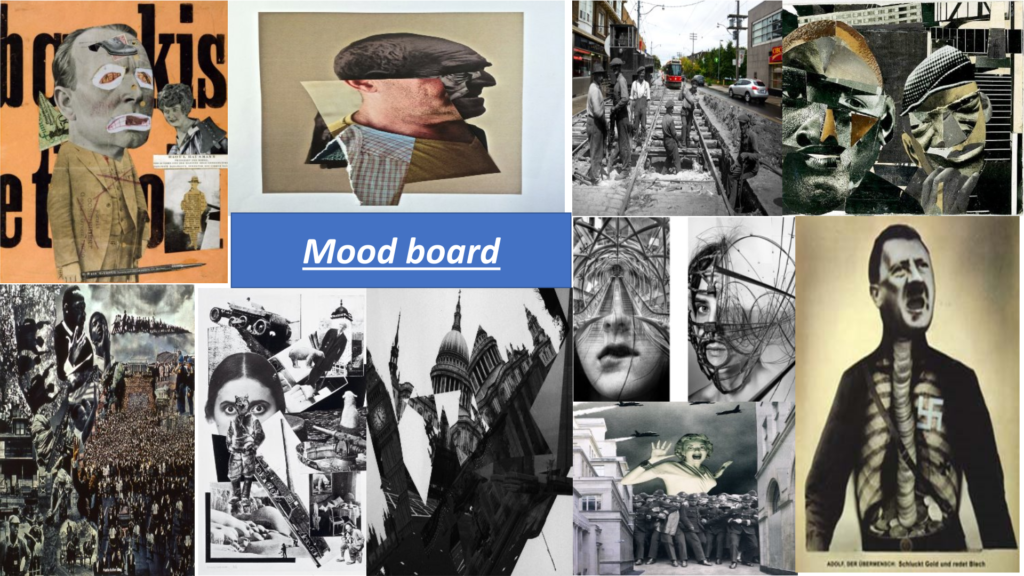



Technical:The lighting in the photo has been made to create a evil and spooky vibe. this is because of the of the location of the picture and the way he is glaring at us. The photo is quite dark at the front making a shadow focusing on the his face, which draws the viewers attention in contrast of the background which has natural light coming through. The natural day light at the back of the photo gives the photo some life and makes better, However the photo is still a very dark and damp focusing at the front of the photo. The photo has been taken at a mid range shot with a rather wide lens as we can see the factory behind. in conclusion, I think the image is rather cold because of its lighting which suggests that the picture is trying to create fear.
Visual: From first sight of the photo it seems rough and dull as it is quite dark, it is a dark green with then brighter colours coming towards the back. the photo looks very old as it the photo was taken In a antique factory in 1963. The focus point of the photo is the man in centre which it seems like a natural frame behind him which immediately catches our attention as it has been taken up close and the shadows and dark colours that it has created. However, the natural lighting and the trains with a bit of motion blur drags my attention to the top part of the image.
Contextual: Alfred Krupp was a German businessman who owned his own train factory. he helped to build trains to transport the prisoners to the concentration camp. he then moved to start making other things like cannons and guns as he became a supplier of weapons to the Nazi.
Arnold Newman was an American photographer, noted for his “environmental portraits” of artists and politicians. He was also known for his carefully composed abstract still life images. Newman took photos of Krupp to help the Jewish people, few years after this shoot he was sentenced for 12 years imprisonment for convicting crimes.
Conceptual: The reason why Newman decided to take this portrait photograph of Krupp was to make him seem evil. Newman was brave to take this shoot after knowing everything he has done and who he truly was. Taking the photograph in a abandoned factory with trains in it suggested that he built all the trains to transport them to death which would show people who he was.